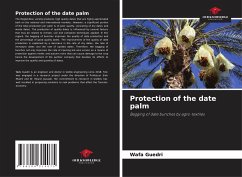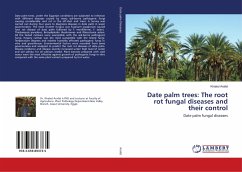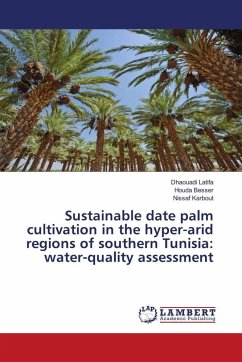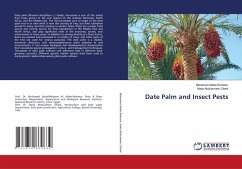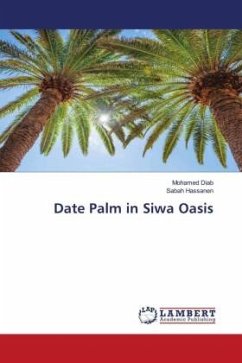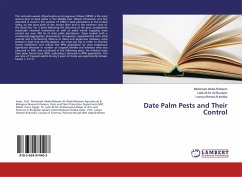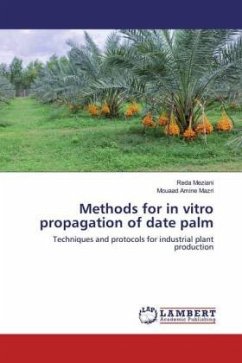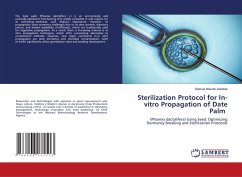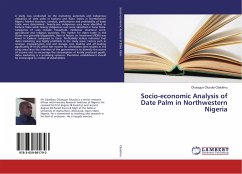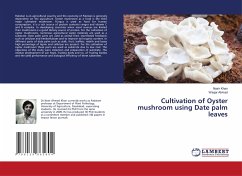
The Bayoud of the date palm in Algeria
State of play and control strategy
Versandkostenfrei!
Versandfertig in 6-10 Tagen
27,99 €
inkl. MwSt.

PAYBACK Punkte
14 °P sammeln!
The date palm is considered as a pivot of the oasis ecosystem of several countries in the world. It represents a social importance manifested by the stability of Saharan populations, food by its richness in nutrients and ecological by its importance in the fight against desertification. Despite this importance, the date palm has suffered from a major biotic constraint called Bayoud in Algeria, Mauritania and Morocco. This constraint is a vascular disease originating from a telluric fungus called Fusarium oxysporum f. sp. albedinis. This disease has killed in the last fifty years more than 10 m...
The date palm is considered as a pivot of the oasis ecosystem of several countries in the world. It represents a social importance manifested by the stability of Saharan populations, food by its richness in nutrients and ecological by its importance in the fight against desertification. Despite this importance, the date palm has suffered from a major biotic constraint called Bayoud in Algeria, Mauritania and Morocco. This constraint is a vascular disease originating from a telluric fungus called Fusarium oxysporum f. sp. albedinis. This disease has killed in the last fifty years more than 10 million palm trees in Morocco and three million in Algeria. Bayoud is a threat not only to the best commercial varieties of world renown, but it has also contributed to the phenomenon of desertification and the exodus of palm growers to large urban centers. To fight or limit the damage caused by this pathogen, several methods have been proposed such as prophylactic measures, varietal selection and biological control, to limit the damage caused by this epidemic.



